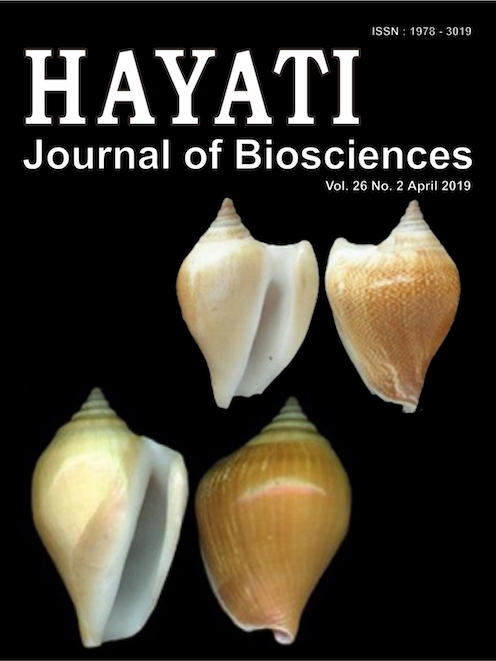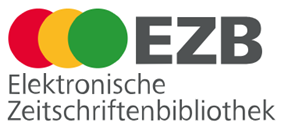Ecology and Conservation of the Endangered Banteng (Bos javanicus) in Indonesia Tropical Lowland Forest
Abstract
Banteng, Bos javanicus, as wild cattle is a vital and importance source of germplasm in Indonesia. Various human activities currently threaten their conservation status. Nonetheless, no long-term monitoring programmes are in place for this species. Using distribution point and statistical analysis based on 46,116 camera trap days from December 2015 to January 2017, we aimed to provide habitat preferences, activity patterns and ecological data for banteng population in Ujung Kulon National Park (UKNP). It is the largest population of banteng in Indonesia and is living in a limited habitat area. According to the best occupancy model, the most suitable areas for this species were the secondary forest located at the center portion of UKNP. The presence of the invasive cluster sugar palm, Arenga obtusifolia, in dry season provides additional alternative food for banteng when its main food is scarcer in the forest. Banteng was cathemeral all year round, with the proportion of cathemeral records and the recording rate did not change with the protection of the level area, moon phase or season. To reduce the probability of encountering predators, banteng avoided the space use of dholes. Selection and avoidance of habitats was stronger than avoidance of the predator activity areas. Habitat competition from domestic cattle which grazed illegally in the national park appears to be a problem to the species since zoonosis appears from domestic cattle to banteng. Therefore, effective law enforcement and an adequate conservation strategy are required to eliminate the impacts of both direct andindirect threats.
Downloads
HAYATI J Biosci is an open access journal and the article's license is CC-BY-NC. This license lets others distribute, remix, tweak, and build upon author's work, as long as they credit the original creation. Authors retain copyright and grant the journal/publisher non exclusive publishing rights with the work simultaneously licensed under a https://creativecommons.org/


















.png) IPB University
IPB University Department of Biology
Department of Biology The Indonesian Biological Society
The Indonesian Biological Society 

